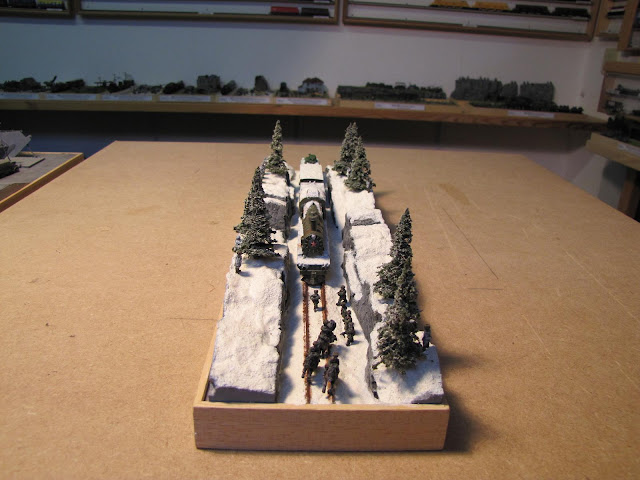(Class GP 20 locomotive - U.S. Army Transportation Corps)
Good morning Vietnam!
CB brings us another outstanding king-size dio, this time related to the Vietnam War.
That fine Douglas AC-47 gunship over there (aka Spooky, to his friends) brought something new to the modern battlefield, when air superiority was possible.
This slow moving World War II vintage aircraft provided the possibility of delivering accurate fire with heavy weapons in direct support of ground troops, blunting many Vietcong offensives.
One of measures of the sucess of this particular weapon was the Presidential Unit Citation given in 1968 to the 14th Air Comando Wing, where two squadrons of AC-47's served.
BT









































